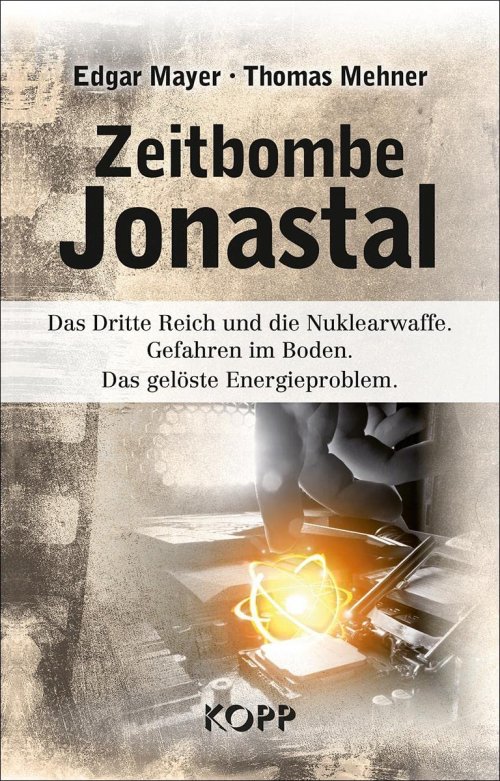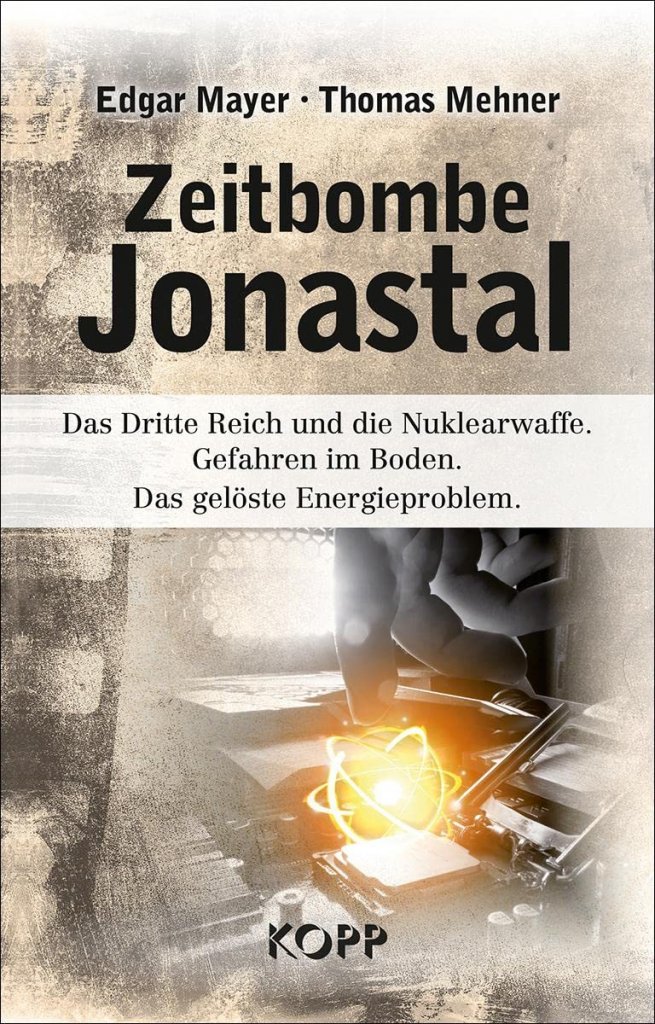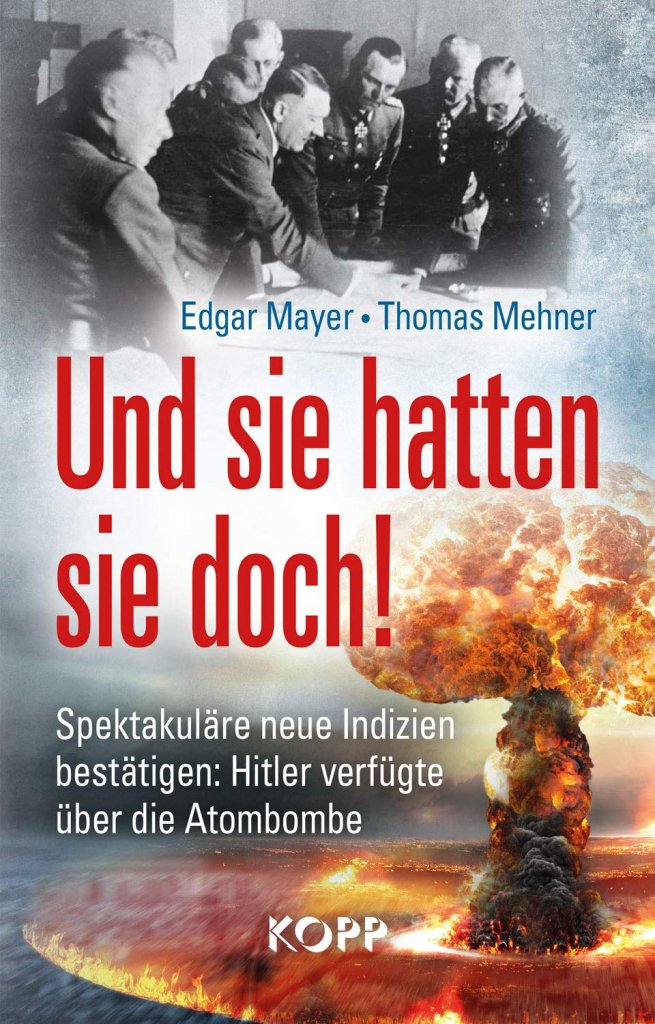In the Federal Republic of Germany, an ominous future looms, one that is literally “radiant.” However, this radiance has nothing to do with economic prosperity, improved quality of life, or the utopian multicultural society advocated by the so-called “elites.” Edgar Mayer and Thomas Mehner, authors of the German book “Zeitbombe Jonastal,” assert that the true meaning of this radiance points towards an impending nuclear catastrophe that could radically alter the country overnight.
Background
For years, Mayer and Mehner have been drawing attention to the underground secrets of Thuringia and other German states. They claim that hidden beneath the surface are remnants of German nuclear weapons and retaliation systems from the Second World War, left untouched due to the secrecy maintained by the Allies and the prevailing political inaction and ignorance in Germany.
Controversial Claims
The authors argue that the official dismissal of their claims as “conspiracy theories” is a result of factual resistance and ignorance. They have compiled a chain of evidence in their books, such as “Das Geheimnis der deutschen Atombombe” and “Die Atombombe und das Dritte Reich,” challenging the established narrative about German nuclear research during the war. They contend that the German Reich possessed atomic weapons and tested extensive delivery systems, contrary to widely accepted historical accounts.
Impending Nuclear Threat
Mayer and Mehner assert that the hidden underground reactors, built during the Second World War, are gradually losing their safety features due to natural degradation. They warn that the stored nuclear weapons will become a problem in the future, creating issues beyond the scope of conventional firefighting or munitions recovery efforts.
Public Response and Criticism
Despite facing criticism and accusations of spreading misinformation, the authors remain steadfast in their claims. They acknowledge the diverse opinions circulating on the internet regarding the German atomic bomb, emphasizing the need for objective consideration rather than engaging in hostile debates.
Historical Context
The authors highlight the importance of acknowledging the secrecy surrounding German developments in the second generation of secret weapons, taken over by the Allies after the war. They argue that the lack of information provided to the Germans was a deliberate effort to control their narrative and prevent them from making informed decisions about their own history.
Challenges Faced
Mayer and Mehner acknowledge the challenging nature of their endeavor, given the prevailing narrative shaped by Allied historiography and the successful re-education of the German population. They express concern about the undervaluation of native Germans and advocate for a reevaluation of the established historical accounts.
“Zeitbombe Jonastal” serves as a provocative exploration of Germany’s hidden nuclear past, challenging conventional historical narratives. Edgar Mayer and Thomas Mehner encourage readers to critically assess the evidence presented and consider the implications of a potential nuclear revelation that could reshape the nation’s future.






